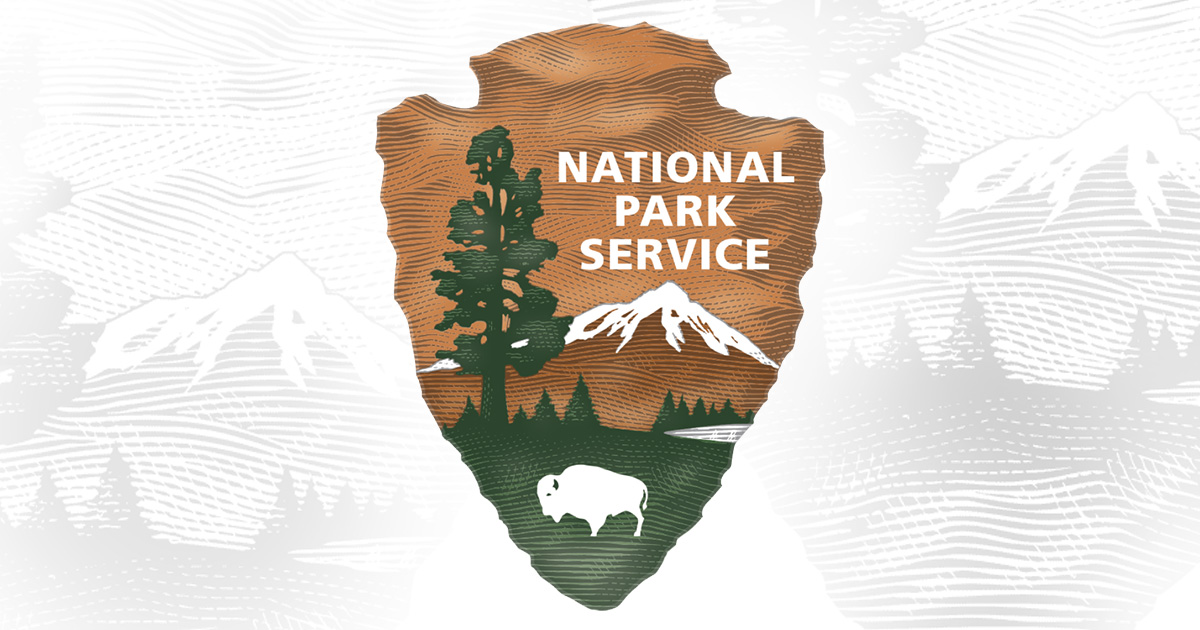Inspiring Scientific Curiosity with NPS
This course provides an experiential learning semester with different branches of the National Park Service (NPS). Students add to their portfolios by working with NPS staff to create designated short video projects on subjects including science history, wildlife, ecosystems, new discoveries, and more. Students combine skillsets that include research, producing, directing, camera and lighting, audio capture and sound design, editing, motion graphics, and writing narration. All production expenses are covered. NPS may choose to make the videos available to the public on their website and in visitor centers.
CEF & NPS Success Stories
Urban Ecology Videos
This branch of the NPS has multiple student projects in the greater DC area. Students work with rangers and experts in the field to create short videos social media pieces. Here are some examples:
Gone in the Night - Conservation Efforts of the Northern Long-Eared Bat:
Amanda Dowd and Kat Kirkman explore the endangered Northern Long-eared Bats, focusing on white-nose syndrome and conservation efforts by the National Park Service. Misunderstood and misrepresented, bats are vital to healthy ecosystems. They provide natural pest control and pollination!
Monitoring Macroinvertebrates:
Lily Huffman showcased macroinvertebrates as water quality indicators. Seen with the naked eye, many species of macroinvertebrates only exist in clean water while others can survive more disturbance.
Peregrine Falcon: The Comeback:
Charles Connell, Phillip Bouknight, Grace Anderson, and Nick Tucker created a video about the history and effects that DDT, a widely used pesticide, had on peregrine falcons. Eliminating the use of DDT has allowed to falcons to return to Harpers Ferry National Historical Park. Learn how the National Park Service has worked alongside other environmental organizations to create and protect nesting sites in Harpers Ferry.
The Seep Shrimp:
Robert Boyd explored the mysterious subterranean amphipod species Stygobromus. These tiny shrimps live in some Washington, DC Metro area parks. Unlike its oceanic relatives, this far smaller millimeter-long animal travels through freshwater seeps right beneath the leaf litter.
Timber Rattlesnakes of Catoctin Mountain Park:
Grace Eggleston reveals the qualities of the timber rattlesnake. Sharing the expertise of W. H. Martin, Eggleston expands the understanding of rattlesnake behaviors and their ecological contributions. The first video in her series was shared in Park Science.
Transects & Trail Cameras:
Sarah King and Lee Green showcase how scientists utilize trail cameras to track the existence of species and their patterns on transects. Research in national parks improves understanding of elusive wildlife and learn how human density affects wildlife behavior and population.
Science History Videos
Students create science history videos on a wide range of topics at National Parks across the country. All of them are published on nps.gov as an article series and are tagged so they appear on park pages and other sites on nps.gov. They are also published on the NPS YouTube channel. As of the end of 2023, they have been viewed over 7,000 times. Here are some examples:
Island Biogeography:
Fifty years ago, mangrove islands in Everglades National Park were the subject of a now-famous experiment that tested an important idea about biodiversity.
Plant Succession:
In the 1890s the dunes now protected as Indiana Dunes National Park hosted the first research on plant succession. That research helped establish ecology as a science.
Radiocarbon Dating:
The first time radiocarbon dating was used to answer a scientific question about human history was the early 1960s at what is now Tule Springs Fossil Beds National Monument
Dendrochronology:
The study of tree rings to understand the past is called dendrochronology. This field of science began in several national parks in the Southwest.
Visibility:
Is there a way to measure visibility in a scientific way, with accuracy and precision? Some atmospheric physicists started figuring that out in the 1970s in the Grand Canyon.
America’s first Tropical Marine Laboratory:
Dry Tortugas – 70 miles beyond Key West, Florida – hosted America’s first tropical marine laboratory from 1904-1939.
Biosphere Region Videos
Students produce videos on biosphere regions across the country. Mammoth Cave Biosphere Region – “Water Connects Us All” was featured in the DC Environmental Film Festival and was awarded a Regional Student Emmy.
Mammoth Cave Biosphere Region
Water Connects Us All:
Scientists, farmers, river paddlers, conservationists, and the national park speak about the importance of groundwater conservation in a short film created by Lia Nydes of the Center for Environmental Filmmaking in partnership with the Mammoth Cave Biosphere Region, Barren River Area Development District, Western Kentucky University, and the National Park Service. Regional Student Emmy. DC Environmental Film Festival.
Champlain-Adirondack Biosphere Region
Connected - A Journey through the Champlain Adirondack Biosphere:
The film celebrates partners working to build a more sustainable future for communities across the Champlain Basin and the Adirondack Mountains.
Big Thicket Biosphere Region
East Texas including Big Thicket National Preserve:
The Big Thicket Biosphere is one the most diverse biomes on the planet second only to the Amazon.
Congaree Biosphere Region
Central South Carolina including Congaree National Park:
The Congaree Biosphere Region (CBR) is a voluntary partnership in Lower Richland County, South Carolina. It aims to sustainably use natural resources, celebrate local heritage, and encourage social and economic activities. The area includes the Congaree National Park, an old-growth forest, and is a hub for agriculture, forestry, industry, tourism, and local businesses. It offers opportunities for organizations and residents to work together for the region's development while preserving its resources.

